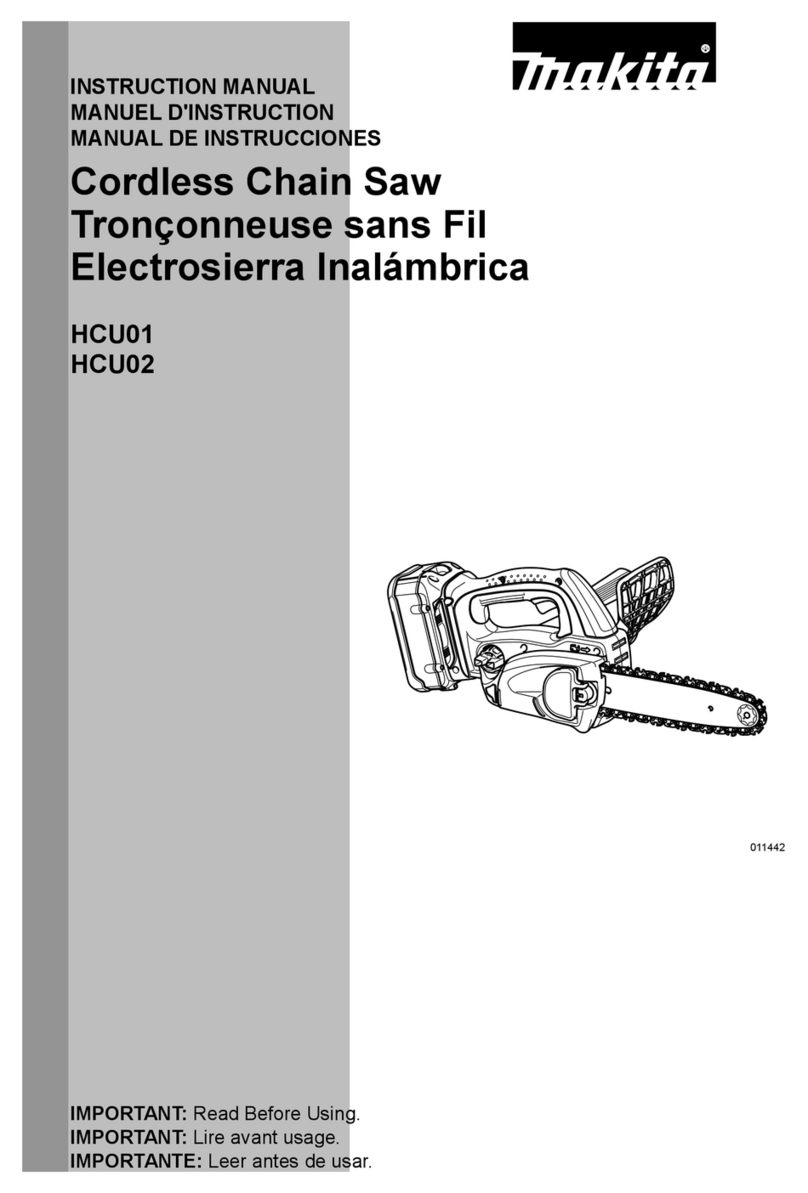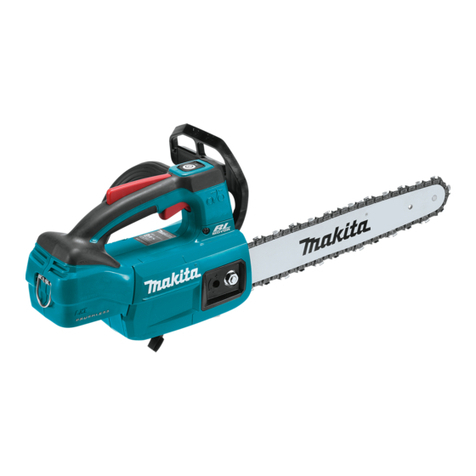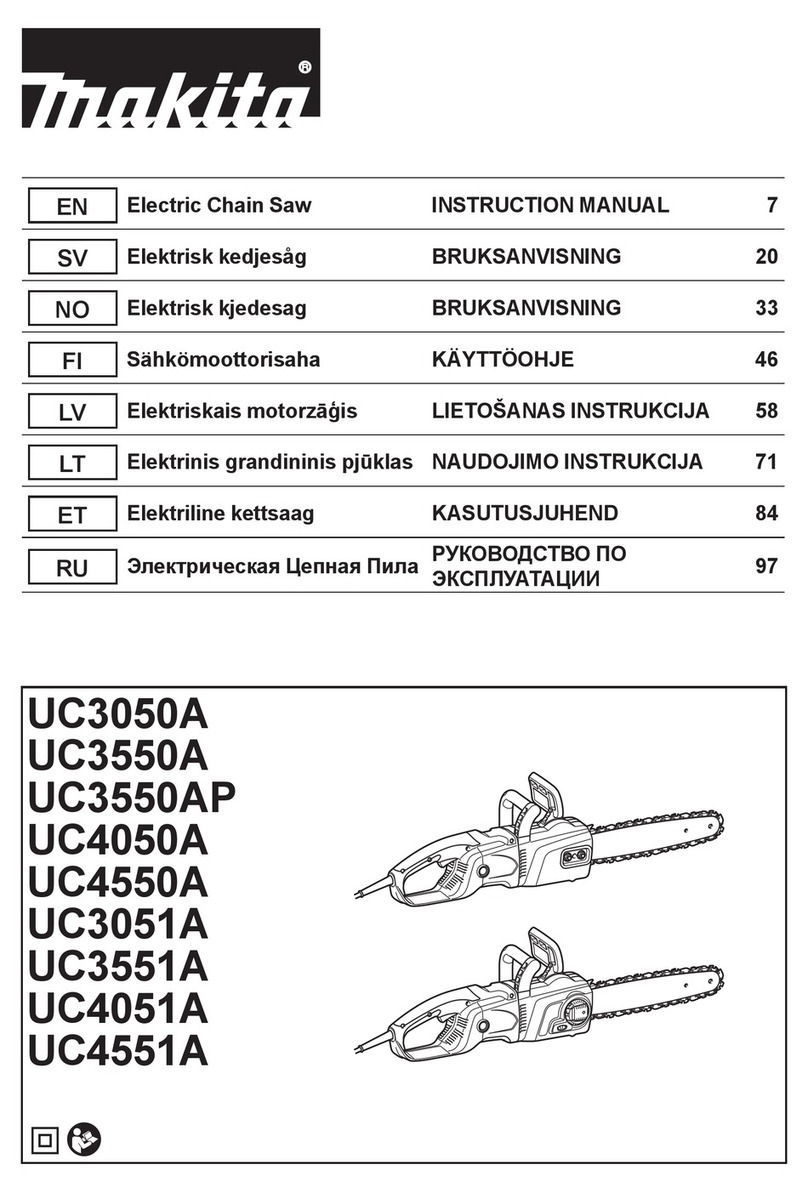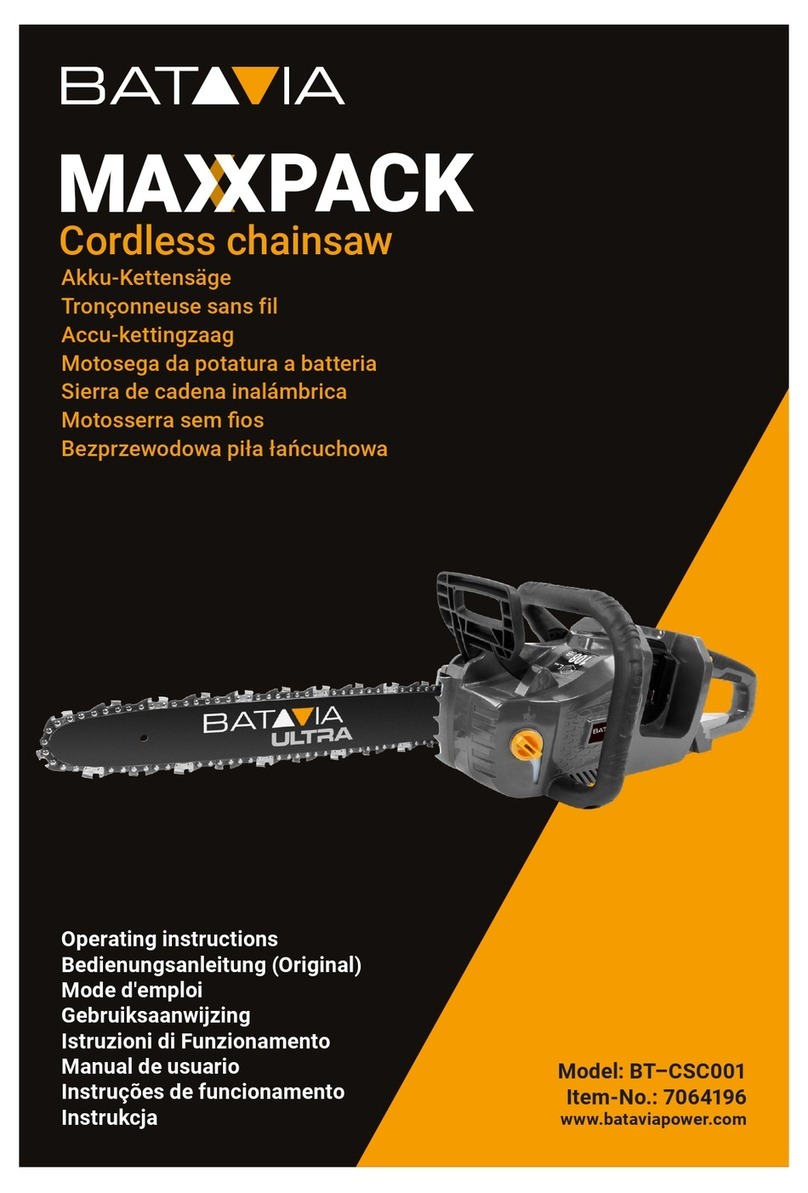Makita DUC256 User manual
Other Makita Chainsaw manuals

Makita
Makita BUC121 User manual

Makita
Makita UC3041A User manual
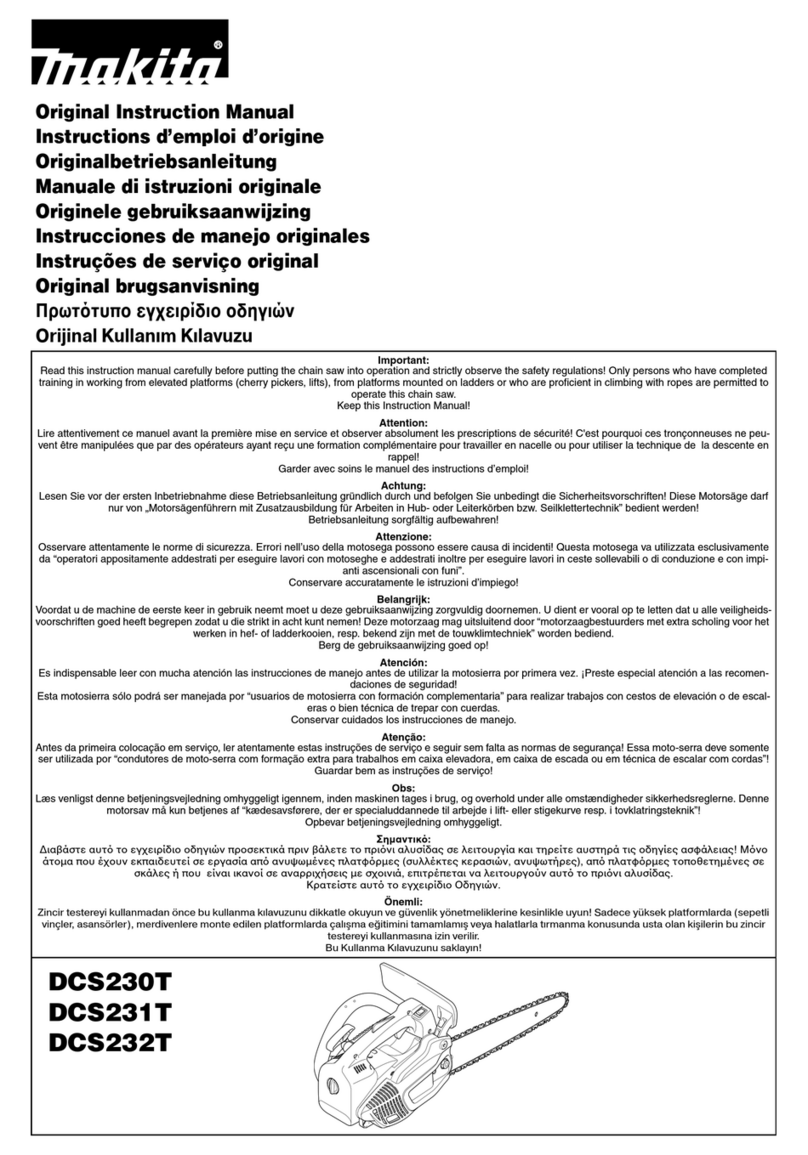
Makita
Makita DCS231T User guide
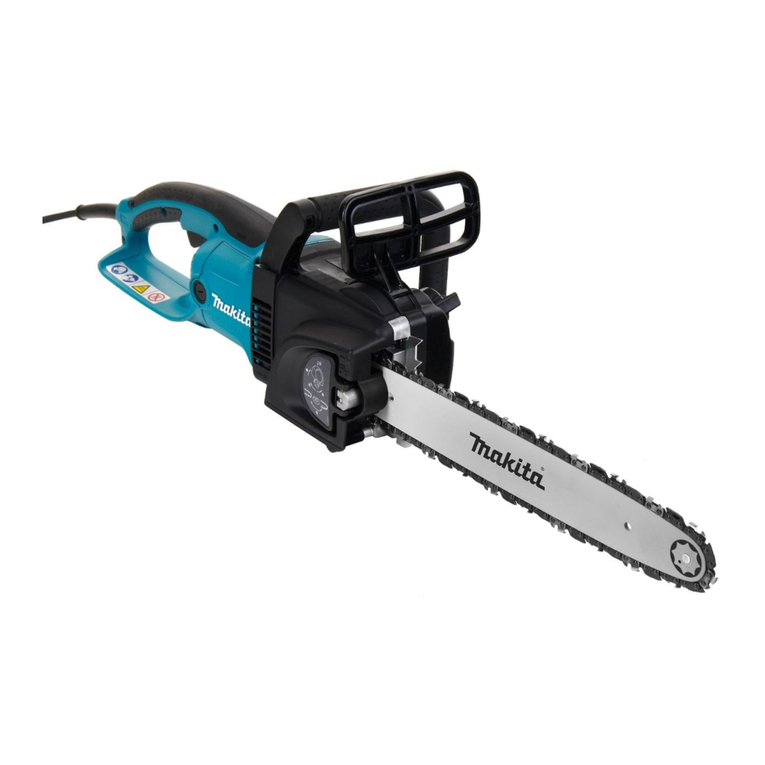
Makita
Makita UC3030A User manual
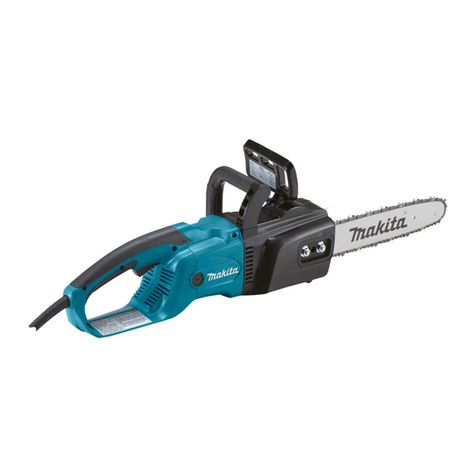
Makita
Makita UC3050A User manual

Makita
Makita DUC307ZX1 User manual
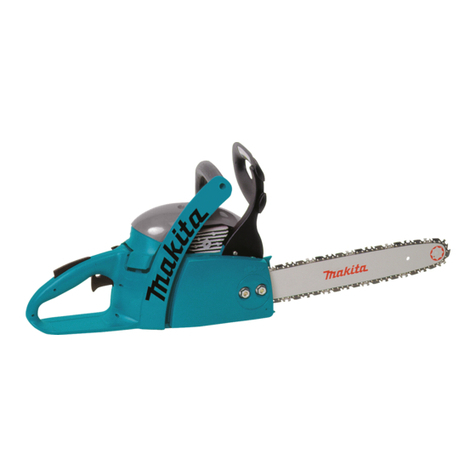
Makita
Makita DCS34 Instruction Manual

Makita
Makita DUC307 User manual

Makita
Makita DUC305 User manual
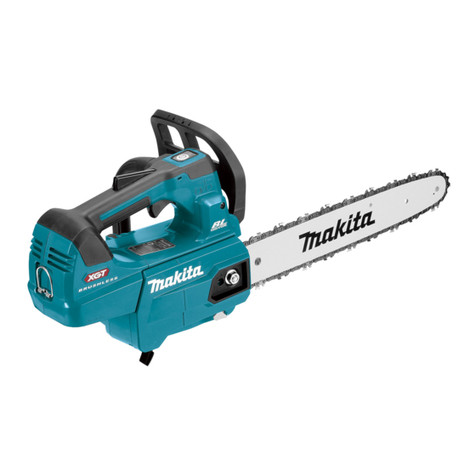
Makita
Makita UC003G User manual

Makita
Makita DUC303PT2 User manual
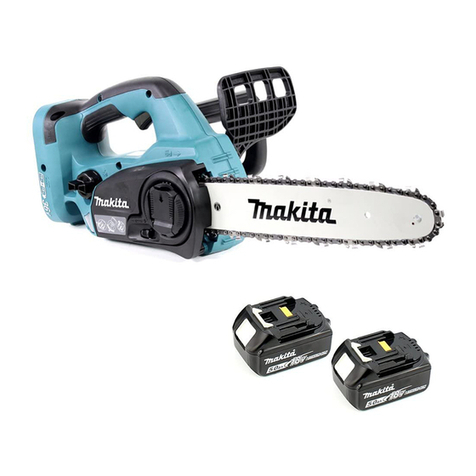
Makita
Makita DUC252 User manual

Makita
Makita UC014G User manual
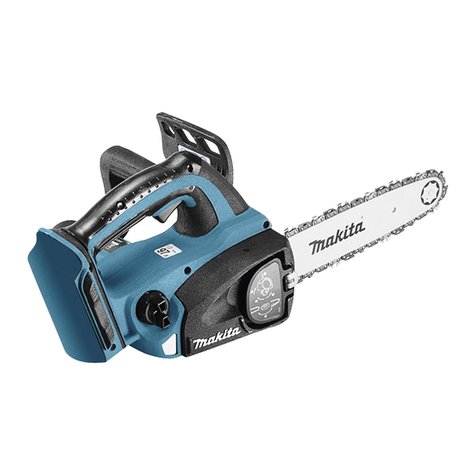
Makita
Makita BUC250 User manual
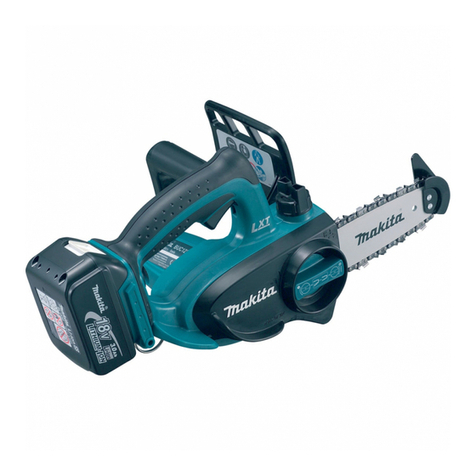
Makita
Makita DUC122PTE User manual

Makita
Makita XCU03 User manual
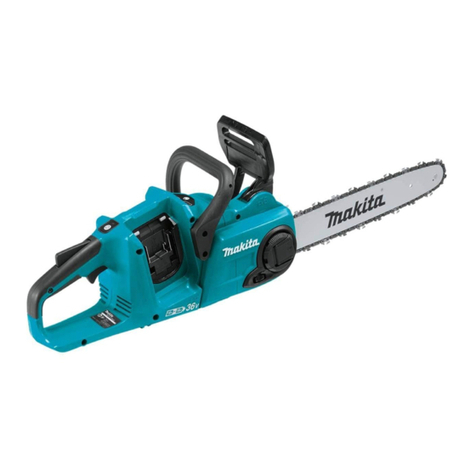
Makita
Makita XCU03 User manual

Makita
Makita EA3600F User manual
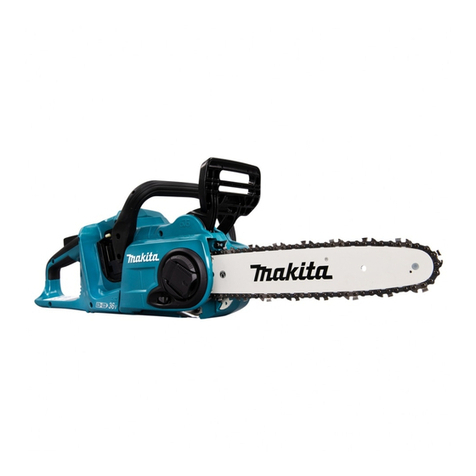
Makita
Makita DUC303 User manual
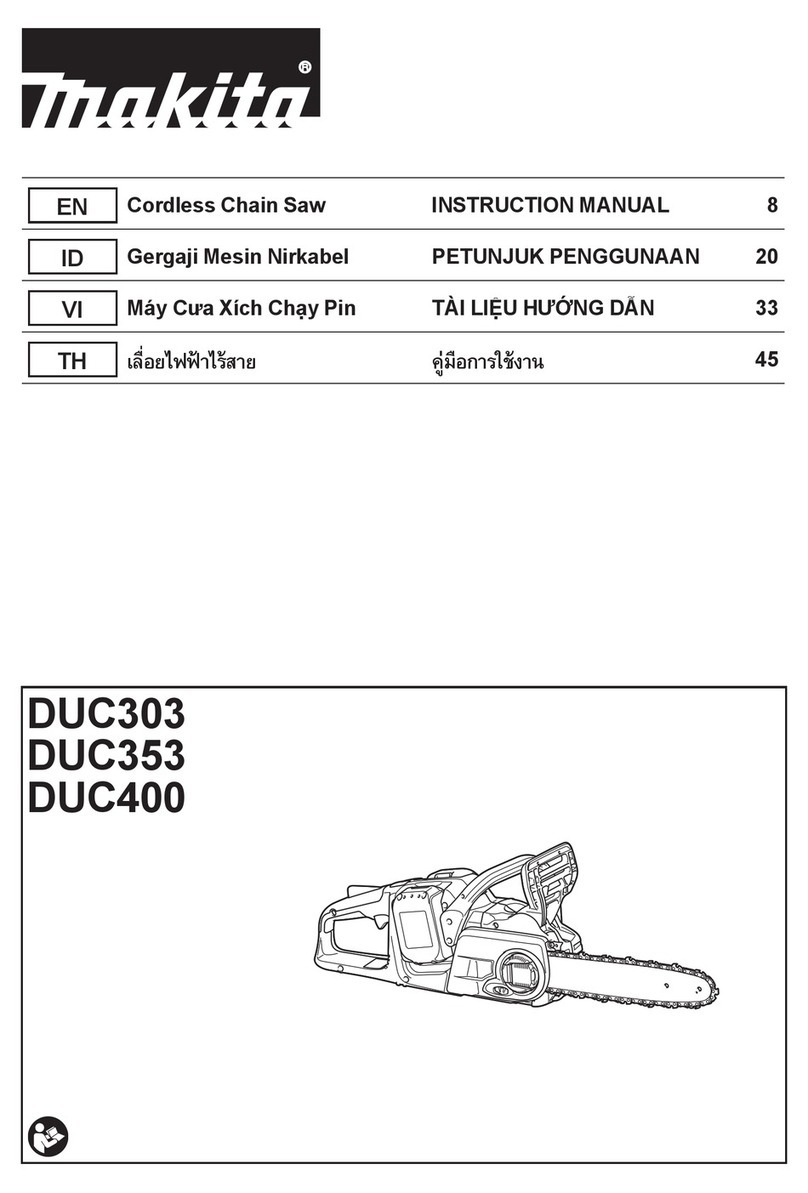
Makita
Makita DUC303 User manual
